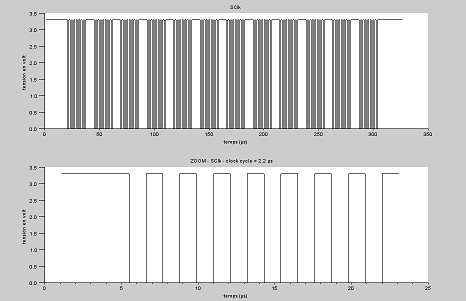Hi,
I would like to use an ADS8556 in software mode and serial interface (with a SPI).
I am using ADS8556EVM. So here is the jumpers configuration:
- JP1,JP2,JP5,JP6,JP7,JP8 : 1.2
- JP3 : 7.8
- JP4, JP10, JP11 : 2.3
- JP9 : 1.2, 4.5, 7.8
- JP12 : close
The switch SW1 configuration is :
- word
- 4x
- SFT
- SER
- REFBUF ENA : 1
- Daisy chain ena : 0
- SERA enable : 1
- SERB enable : 0
- SERC enable : 0
- REFen : 1
The value of the control register is : 0xE30103FF (sent to SDI pin)
Even if I am working in serial mode, I have to use DC_TOUT and DC_INTa pins on the parallel control port (for CONVST_A and BUSY respectively). Am I wrong ?
Unfortunately, I have no signal on SDO_A ouput ( I only use this pin to read the converted data of all analog inputs).
Thanks in advance for any idea to solve my problem.
Regards




